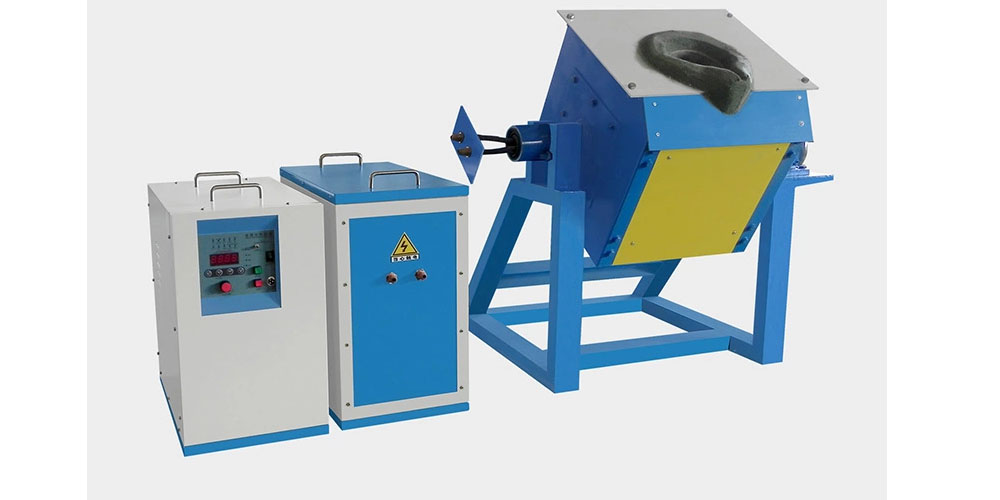
The Most Popular Types Of Silver Melting Furnaces
Today, many people like to wear jewelry crafted from various precious metals, including bracelets, earrings, necklaces, and rings. The most popular metal choices for crafting desirable jewelry include platinum, silver, and gold. Once you understand the most basic underlying principles of different metals’ melting points, then melting silver is a simple process.
Beloved by many jewelers due to its low melting point, silver is a common entry point to the world of intricate soldered jewelry design. The simplest way to get started with more difficult soldering techniques is to use a silver melting furnace. Each blend of silver’s melting point is unique, e.g., 925 sterling silver has a lower melting point (890 degrees) compared to 999 fine silver (961 degrees) because of its varied composition. Let’s focus on the various types of silver melting furnaces.
Popular types of melting furnaces used in metallurgy
In metallurgy, the amount of heat that must be applied to reach silver’s melting point is significant and can only be attained through the use of furnaces. In many instances, furnace-levels of heat are usually required in the initial stages of metallurgical processes. The melting furnaces differ by design, functionality, and technology they run on.
Ideally, a good silver melting furnace consumes as little heat and fuel as possible while melting the metal. Here are the various types of melting furnaces currently in use:
1. Induction furnaces
The furnaces are unique in that they use induction mechanisms combined with alternating currents to apply the necessary heat to melt metal. The electric furnace makes the entire process highly energy-efficient compared to other forms of silver melting furnaces. Globally, numerous foundries and jewelry stores prefer induction furnaces to melt silver.
2. Open hearth furnaces
Non-ferrous metals in small quantities, including silver, can be melted using open-hearth furnaces. Natural gas or atomized heavy oil is leveraged to generate heat. The entire open-hearth process is also utilized to raise the temperature inside a metallurgical furnace to use the waste heat.
3. Cupola furnaces
These are cylindrically-shaped furnaces whose interiors are lined with blocks, bricks, or clay. These interiors are specifically designed to withstand abrasion, oxidation, and extreme levels of heat. For silver melting furnaces, operators use several layers of coke, limestone, and ferroalloys inside them, which react with the metal, forcing the impurities to float up to the surface of the mixture.
4. Different techniques for working with silver
It is not necessary to completely melt a silver sheet to craft unique jewelry pieces in many instances. Many designers find it easier to use silver melting furnaces, then solder smaller amounts of silver together or solder more findings to the metal. The methods for working with silver include:
5. Annealing
Here, silver is heated to soften its structure. As you work with the silver, you will see that the metal particles become compacted. This reduces its malleability and subsequently makes it harder to work with. Annealing allows the silver to relax and more comfortable to work with.
Conclusion
Silver is a beautiful metal, both for wearing and working within the metallurgy. Some of the most popular silver melting furnaces in the market include induction furnaces, open-hearth furnaces, and cupola furnaces.
